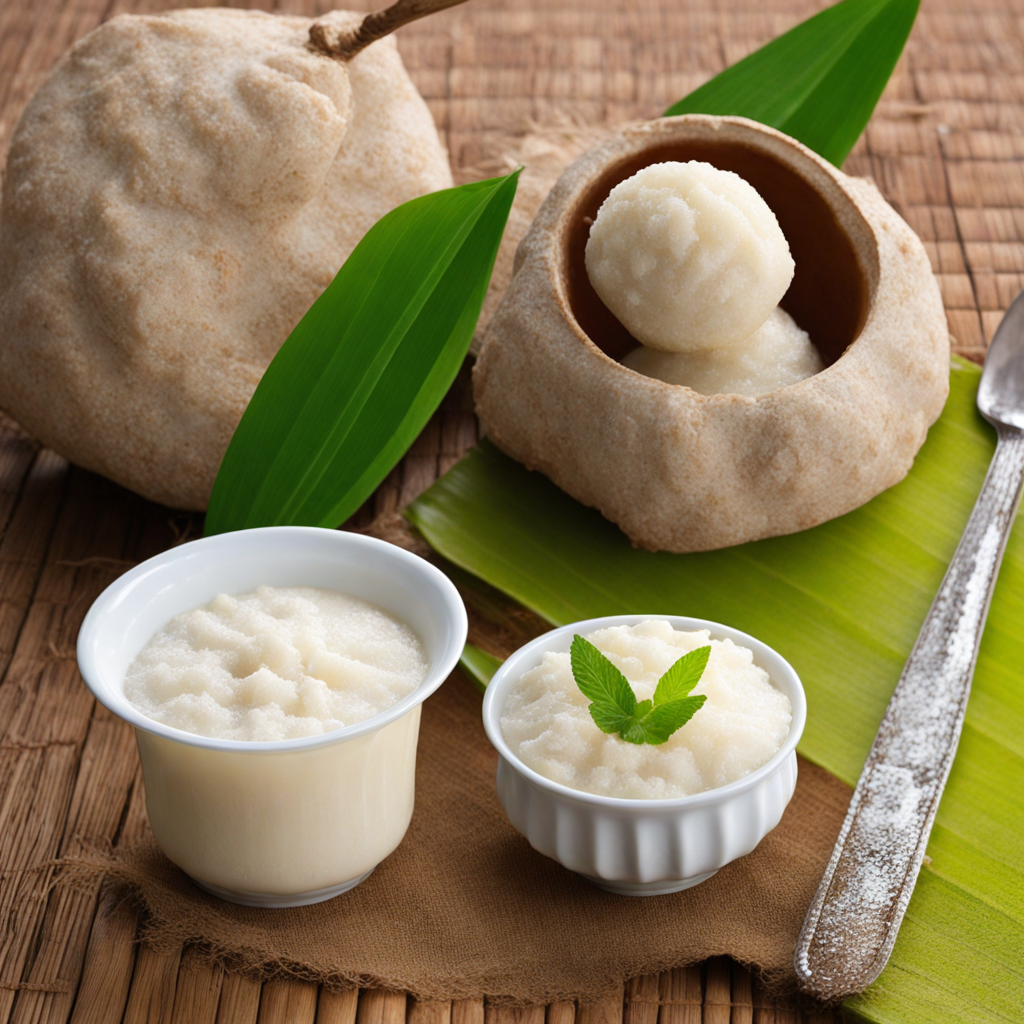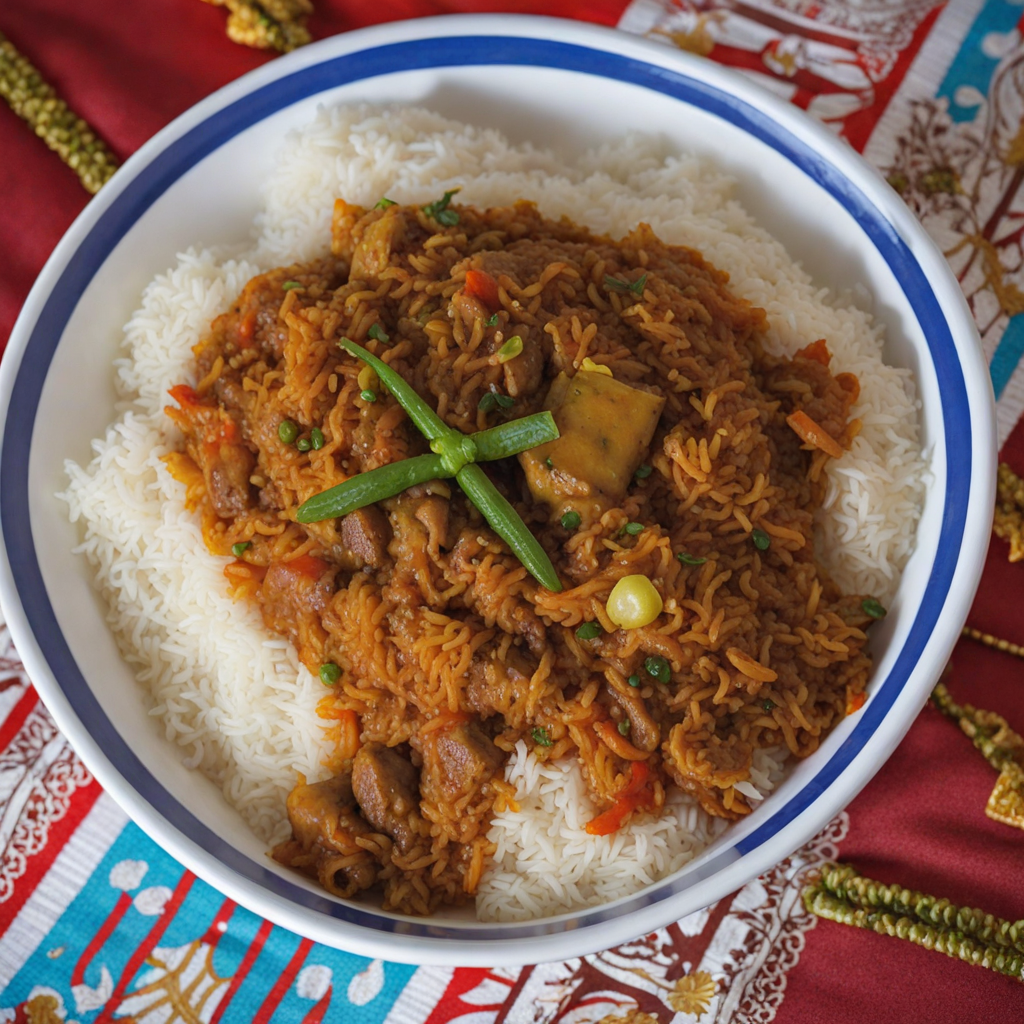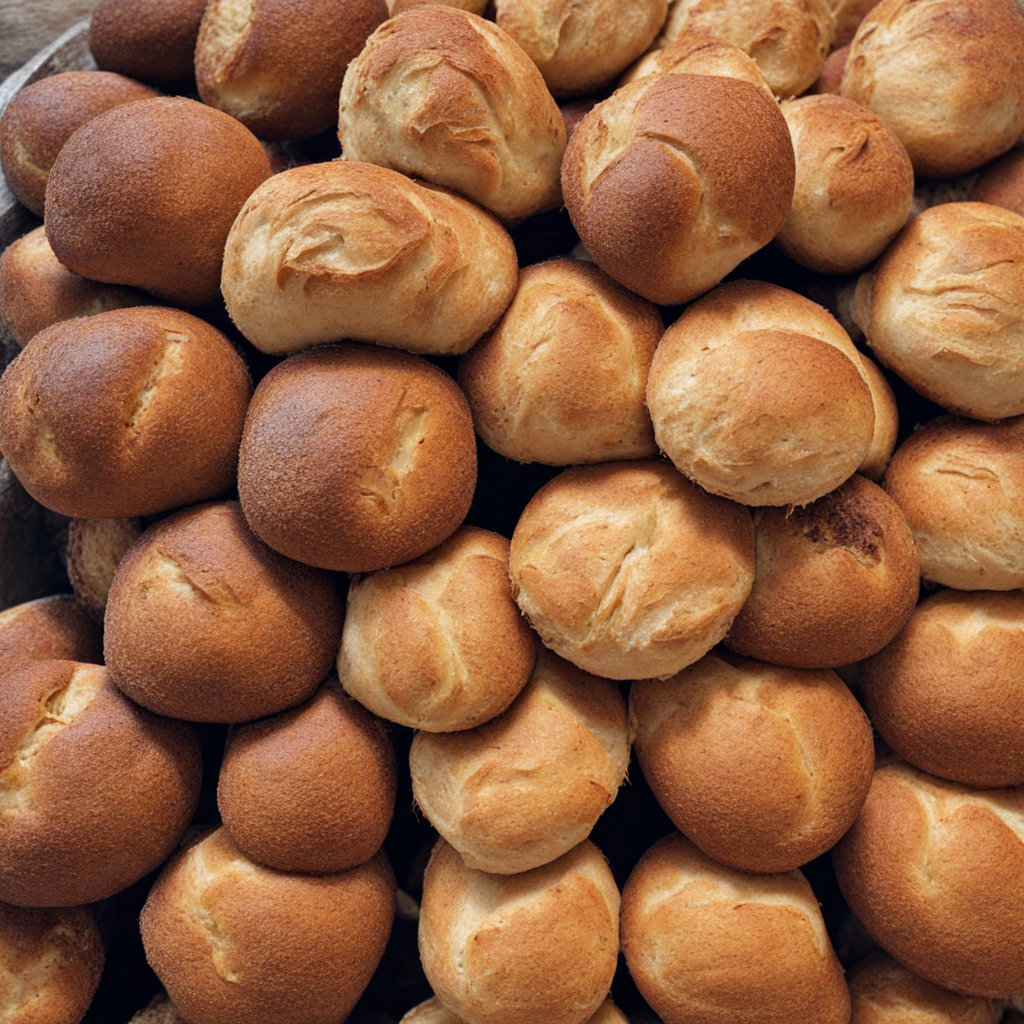Plantain Fritters
Plantain fritters, a delightful specialty from the Comoros, are a unique and tantalizing dish that showcases the island's rich culinary heritage. Made primarily from ripe plantains, these fritters bring together the natural sweetness of the fruit with a crispy exterior that beckons you to take a bite. The plantains are mashed and mixed with a blend of spices, often incorporating local ingredients such as coconut, which adds a creamy texture and a hint of tropical flavor. The balance of sweetness and spice makes each fritter a delightful surprise, perfect for those looking to explore new and exciting tastes. The preparation of plantain fritters involves frying the batter until golden brown, creating a contrast between the soft, tender interior and the crisp outer layer. This technique enhances the natural flavors of the plantains while providing a satisfying crunch with every bite. Often served as a snack or appetizer, these fritters can be enjoyed on their own or paired with a dipping sauce, such as a spicy chili or a tangy citrus dressing, which complements the sweetness of the plantains and elevates the overall experience. In the Comoros, plantain fritters are not just a dish but a symbol of the islands' vibrant food culture, often enjoyed during family gatherings or festive occasions. Each bite is a celebration of the rich agricultural bounty of the region, showcasing the versatility of plantains in a way that is both comforting and adventurous. For anyone eager to discover new flavors, plantain fritters offer a delicious gateway into the culinary delights of the Comoros, inviting you to savor the harmony of sweet, savory, and spicy notes that make this dish truly unforgettable.
How It Became This Dish
Beignets de Plantain: A Culinary Treasure of Comoros #### Origins and Historical Context Beignets de Plantain, or plantain fritters, are a beloved delicacy from the Comoros archipelago, located in the Indian Ocean between Madagascar and the African coast. This dish has its roots deeply embedded in the agricultural practices and culinary traditions of the Comorian people, who have cultivated plantains for centuries. The cultivation of plantains in the Comoros can be traced back to the early migrations of people from Southeast Asia and Africa, who brought with them their agricultural knowledge and cooking techniques. Plantains, a staple in many tropical regions, were introduced to the Comoros long before European colonization. The lush volcanic soil and favorable climate of the islands provided an ideal environment for growing plantains, which became a significant component of the local diet. The fruit is versatile and can be consumed at various stages of ripeness, making it a valuable food source. As such, it became an integral part of daily life, not only as sustenance but also as a cultural symbol. #### Cultural Significance In Comorian culture, food is not just about nourishment; it is intertwined with social customs, celebrations, and family gatherings. Beignets de Plantain are often prepared for special occasions, such as weddings, religious festivals, and communal feasts, where they serve as both a treat and a symbol of hospitality. The preparation and sharing of this dish foster community bonds and reflect the warmth of Comorian culture. The process of making Beignets de Plantain is often a communal affair, with family members coming together to peel, mash, and fry the plantains. This collaborative effort underscores the importance of family and community in Comorian society. The fritters are typically served with a variety of dipping sauces or condiments, enhancing their flavor and making them suitable for a range of palates. #### Ingredients and Preparation The primary ingredient in Beignets de Plantain is, naturally, ripe or slightly overripe plantains. The fruit is peeled, mashed, and sometimes mixed with flour, sugar, and spices to create a batter. The addition of spices, such as cinnamon or nutmeg, can give the fritters a distinctive flavor profile that reflects the islands’ rich culinary heritage influenced by African, Arab, and French traditions. Once the batter is prepared, dollops of it are deep-fried until golden brown and crispy on the outside, while remaining soft and chewy on the inside. The result is a delightful snack that is both satisfying and delicious. Some variations of the dish may incorporate coconut, another staple in Comorian cuisine, which adds an additional layer of flavor. #### Development Over Time As the Comoros have evolved through periods of colonization, trade, and globalization, so too has Beignets de Plantain. The Portuguese and French influence in the 17th and 18th centuries introduced new cooking methods and ingredients, which have been incorporated into traditional recipes. This blending of cultures is reflected in the dish’s adaptability, as it can be found in various forms across different regions of the islands. Today, Beignets de Plantain are not only enjoyed in homes and local markets but have also found their way onto restaurant menus, both in the Comoros and among the diaspora in places like France and the United States. Chefs are experimenting with the traditional recipe, infusing it with international flavors while still honoring its origins. For instance, some contemporary interpretations may include fillings like cheese or chocolate, catering to global tastes while preserving the essence of the original dish. #### The Impact of Globalization In the context of globalization, Beignets de Plantain has gained recognition beyond the Comoros, becoming a symbol of the islands' culinary heritage. Food festivals and cultural events featuring Comorian cuisine have helped to promote this delicious dish, allowing people to experience the unique flavors and traditions of the Comoros. Moreover, the rise of social media has enabled food enthusiasts and chefs to share their versions of Beignets de Plantain, further popularizing the dish and inspiring culinary innovation. The increasing interest in world cuisines has also led to a broader appreciation of Comorian culinary traditions. In many urban centers, food trucks and eateries specializing in African and Indian Ocean cuisine have emerged, introducing Beignets de Plantain to new audiences. This exposure not only celebrates the dish but also highlights the rich cultural tapestry of the Comoros. #### Challenges and Preservation Despite its growing popularity, the preservation of traditional culinary practices poses challenges. As younger generations gravitate towards modern, fast-paced lifestyles and global fast food culture, there is a risk that traditional dishes like Beignets de Plantain could fade from everyday life. To combat this, cultural organizations and culinary enthusiasts are working to document and promote traditional recipes, ensuring that the knowledge and skills associated with making Beignets de Plantain are passed down through generations. Moreover, the impact of climate change on agriculture poses a significant threat to plantain cultivation in the Comoros. Efforts to promote sustainable farming practices and protect local biodiversity are crucial to maintaining the availability of this essential ingredient. #### Conclusion Beignets de Plantain encapsulates the essence of Comorian culture, reflecting the islands’ agricultural heritage, communal values, and culinary creativity. From its humble origins as a staple food to its current status as a celebrated delicacy, this dish tells the story of the Comoros—a story marked by resilience, adaptation, and a profound connection to the land. As the world continues to embrace diverse culinary traditions, Beignets de Plantain stands as a testament to the rich tapestry of flavors that the Comoros has to offer, inviting all to partake in its delicious history.
You may like
Discover local flavors from Comoros







